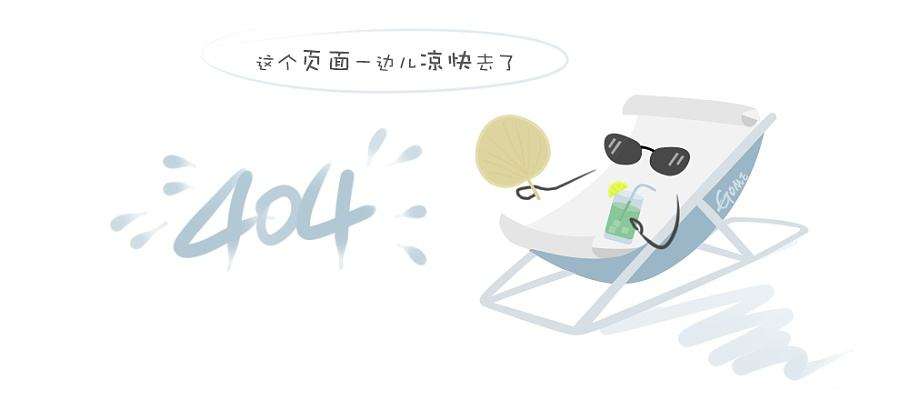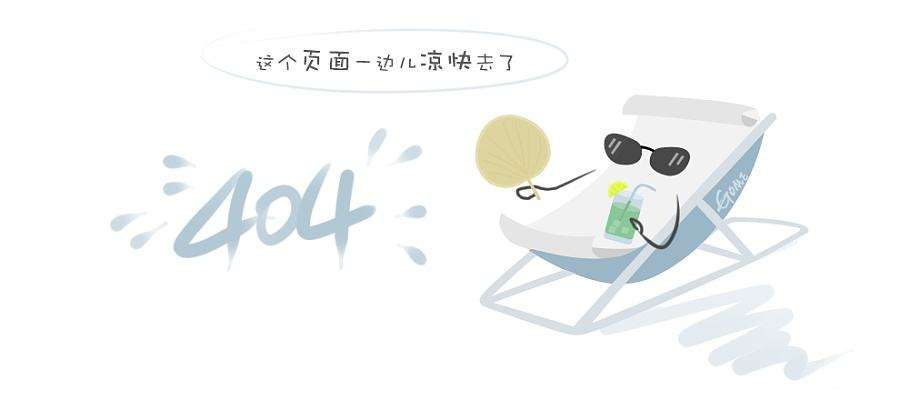讲座时间:2018-10-11 上午10:30
讲座地址:化工学院402
报告一:
基于分子与结构设计的二维共价有机框架材料带隙调控
报告人简介:

李兴,男,新加坡国立大学研究员。
李兴 2014年在新加坡南洋理工大学化学系获得一等荣誉学士学位,随后在新加坡国立大学师从loh kian ping教授攻读博士学位,2018年博士毕业后留组继续担任研究员,其目前研究方向为共价有机框架材料、二维有机聚合物、荧光等,目前已经在国际知名杂志如nature communications、journal of american chemical society、chemistry of materials等发表高水平论文近十篇。
报告内容简介
共价有机框架(cof)是一类由轻元素组成并由共价键连接的新型多孔材料。共价有机框架的可设计性、易化学修饰性、高稳定性等性质使此类材料用途广泛(例如分离、检测、储能等)。相比于小分子或传统聚合物材料,其独特的有序结构应赋予此类材料独有的新奇性质或在某些应用中体现更好的性能。然而,大部分目前报道的cof只利用了其单体组分的性质,从而并没有体现出cof相比小分子及无序聚合物的性能优势。此工作报告系统研究了cof的结构性质关系,并解释如何通过分子、结构设计来影响cof的性质及提升性能。基于此类研究,我们首次实现了对共价有机框架材料吸收和发射带隙的精确调控,并首次报道了cof的光限幅效应以及首例白色荧光cof。
报告二:
printed inorganic electronics
报告人简介:

wang ye received his master of science degree from university of science and technology of china (ustc), hefei, china, in 2007, and the ph.d degree from the nanyang technology university (ntu), singapore, in 2013. from 2011, he works as a research fellow in singapore university of technology and design (sutd). he is an associate professor in zhengzhou university from may-2018. he has authored or coauthored more than 50 international journal papers and 1 us patent. his research interests include printed optoelectrical devices and energy storage devices, including thin film transistors, sensors, lithium/sodium ion batteries, supercapacitors etc.
报告内容简介:
printing technology has been developed more than 2000 years and the related products play a critical role in our daily life and civilization. the printed electronics only developed for several decades and still in its infant stage. compared with the printed organic electronics, more and more research is focusing on inorganic electronics due to its more stable performance, cheaper raw materials, less fabrication process and lower cost assembling. in this work, we summarize our research on the printed electronic devices with inorganic materials, including thin film transistors (tfts), supercapacitor and lithium ion batteries (libs). for example, we employed ink-jet printing technology to fabricate in-ga-zn oxide tfts with a high mobility of 1.41 cm2/v s and on/off ratio of 4.3e7. as for the energy storage devices, screen printing technology was introduced to fabricate solid-state flexible microsupercapacitors for the first time. it is worth mentioning that the developed technology is a general route to print various active materials into microsupercapacitors onto different substrates, including glass, pet plastic film and even printing paper. we have integrated cnt, onion-like carbon (olc), mno2/olc, coo/cnt etc. into the flexible microsupercapacitors by screen printing technology and the devices exhibit excellent electrochemical performance even under bended status. we also developed various nanostructures for the high performance anode of libs.


